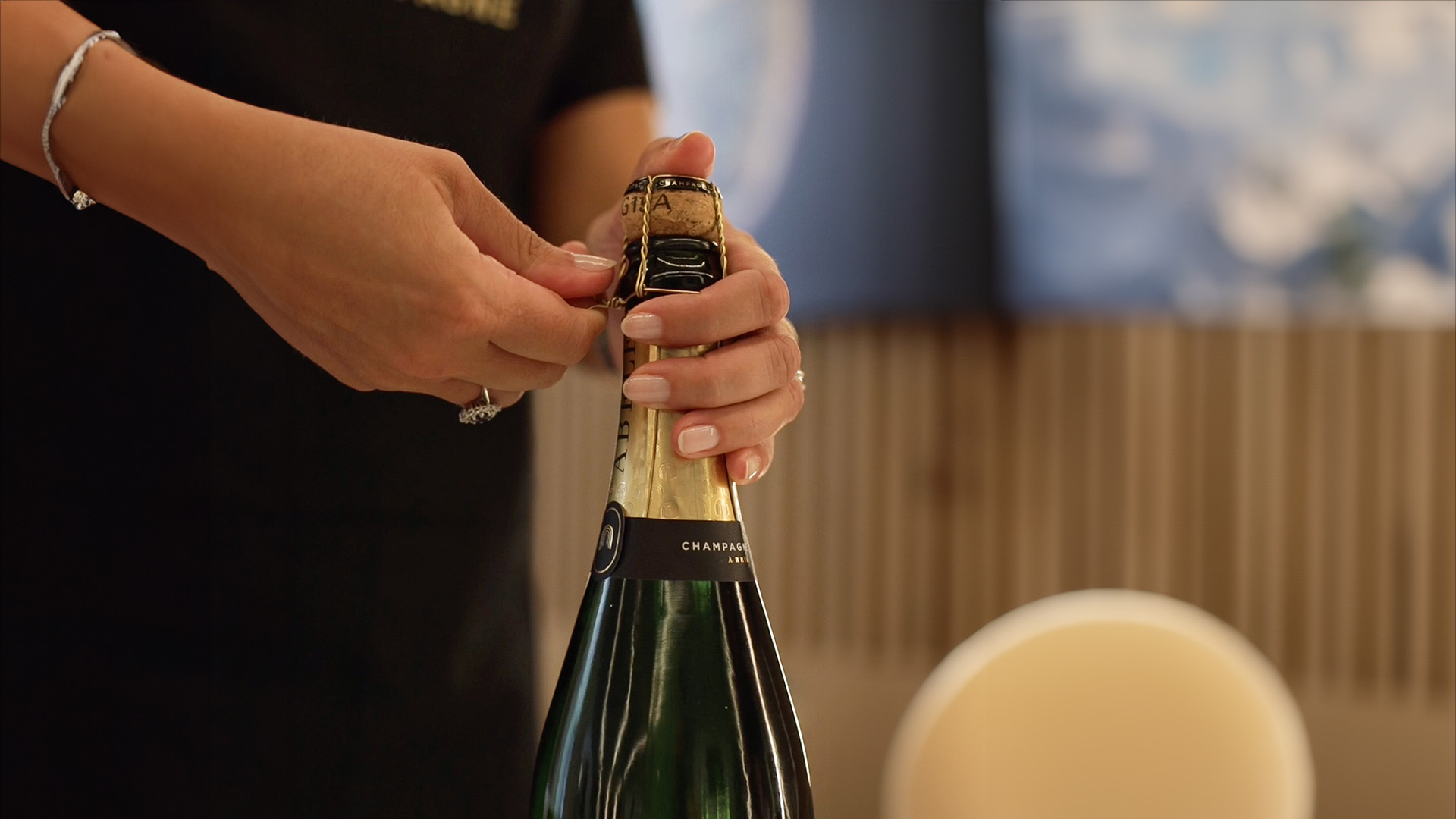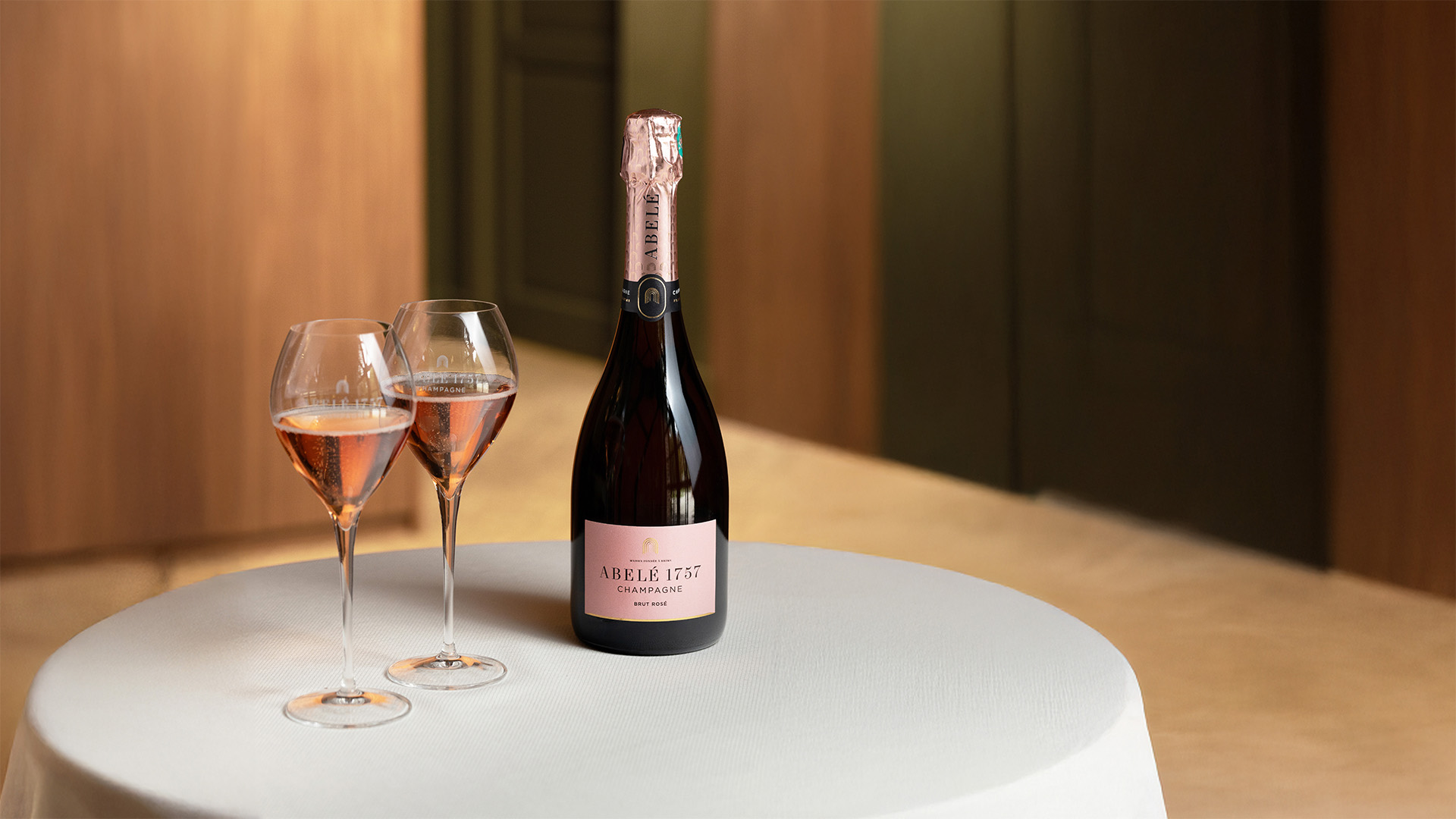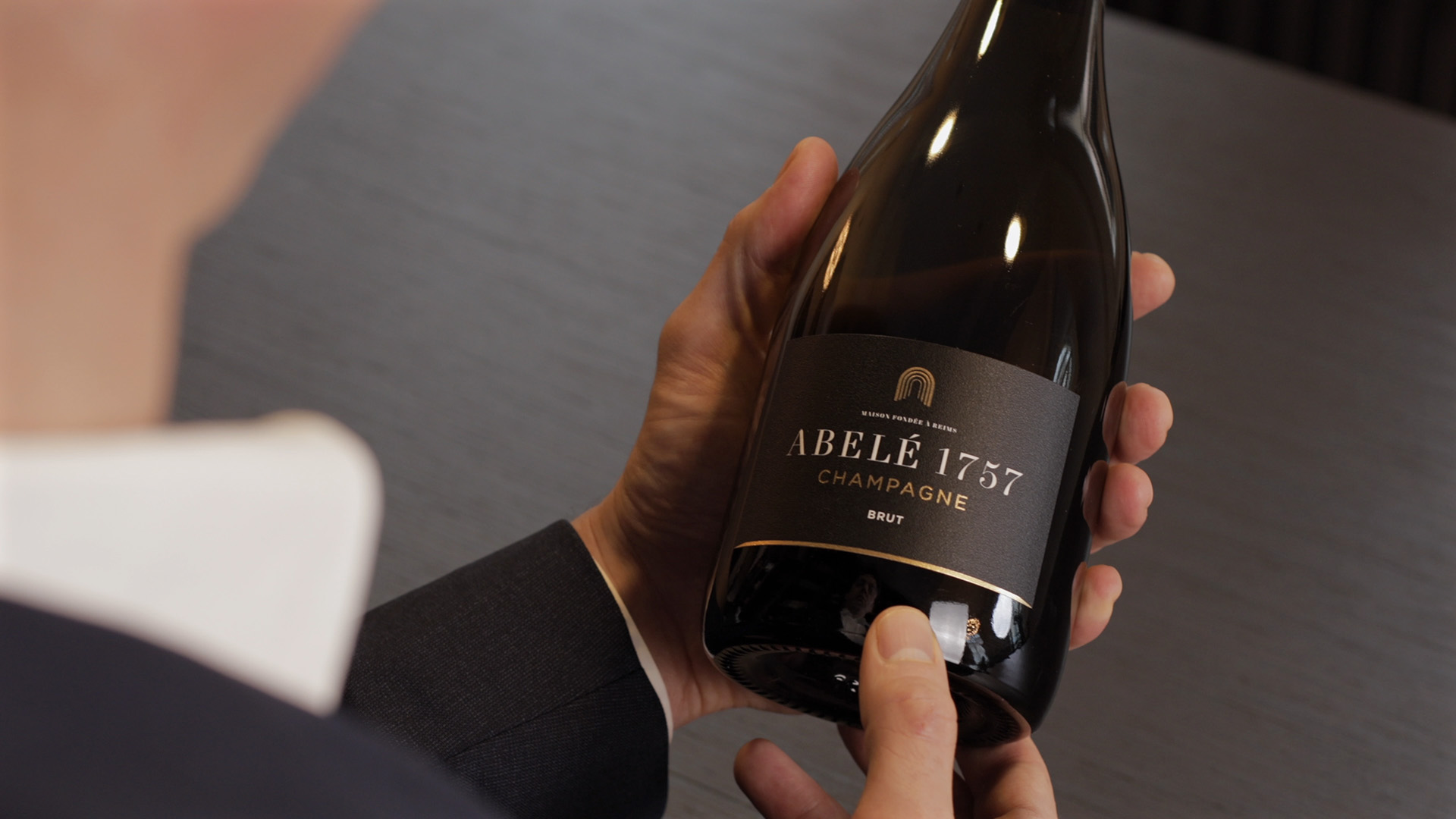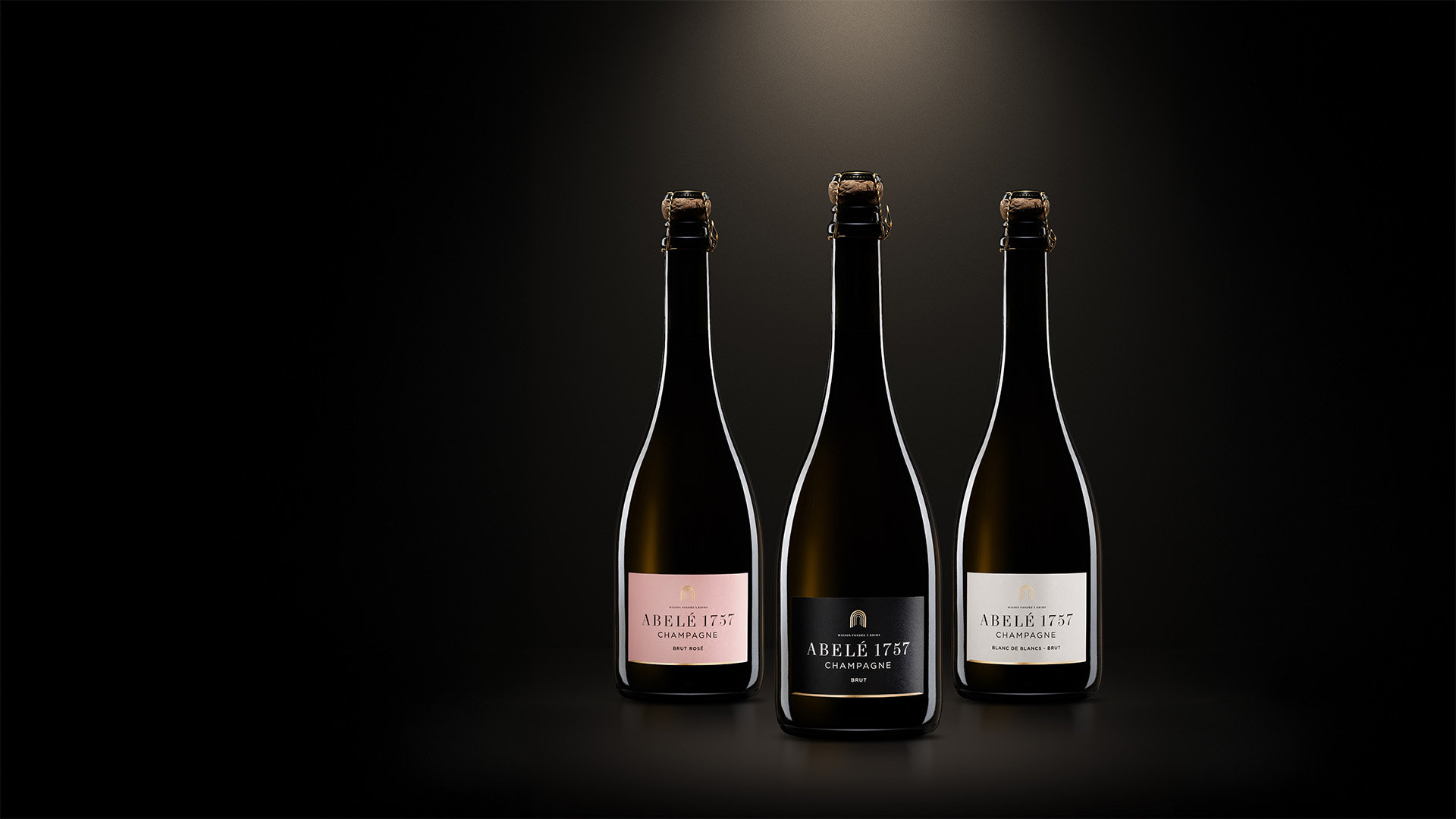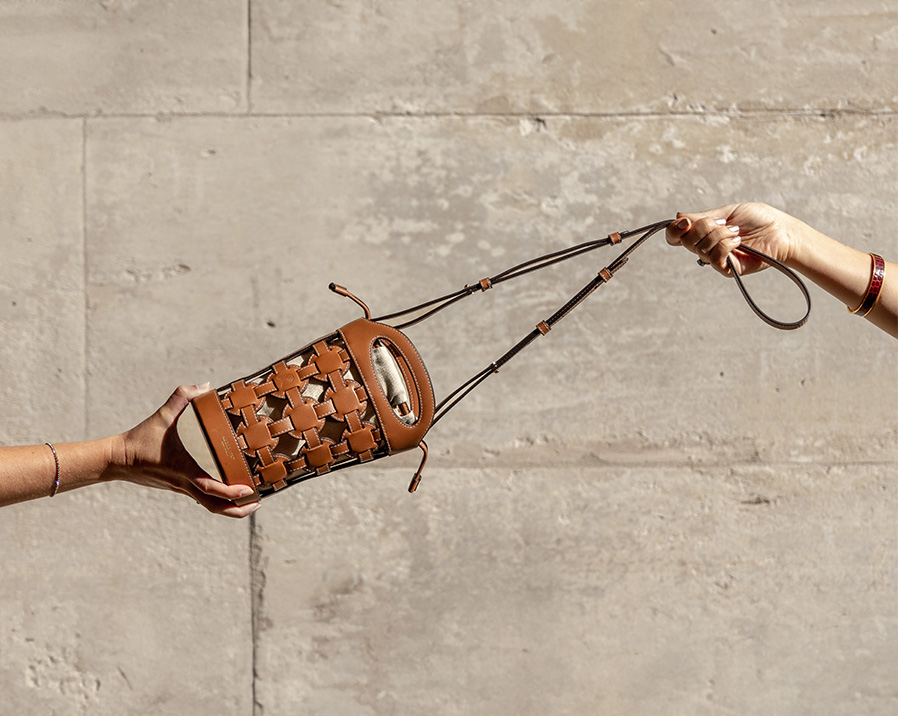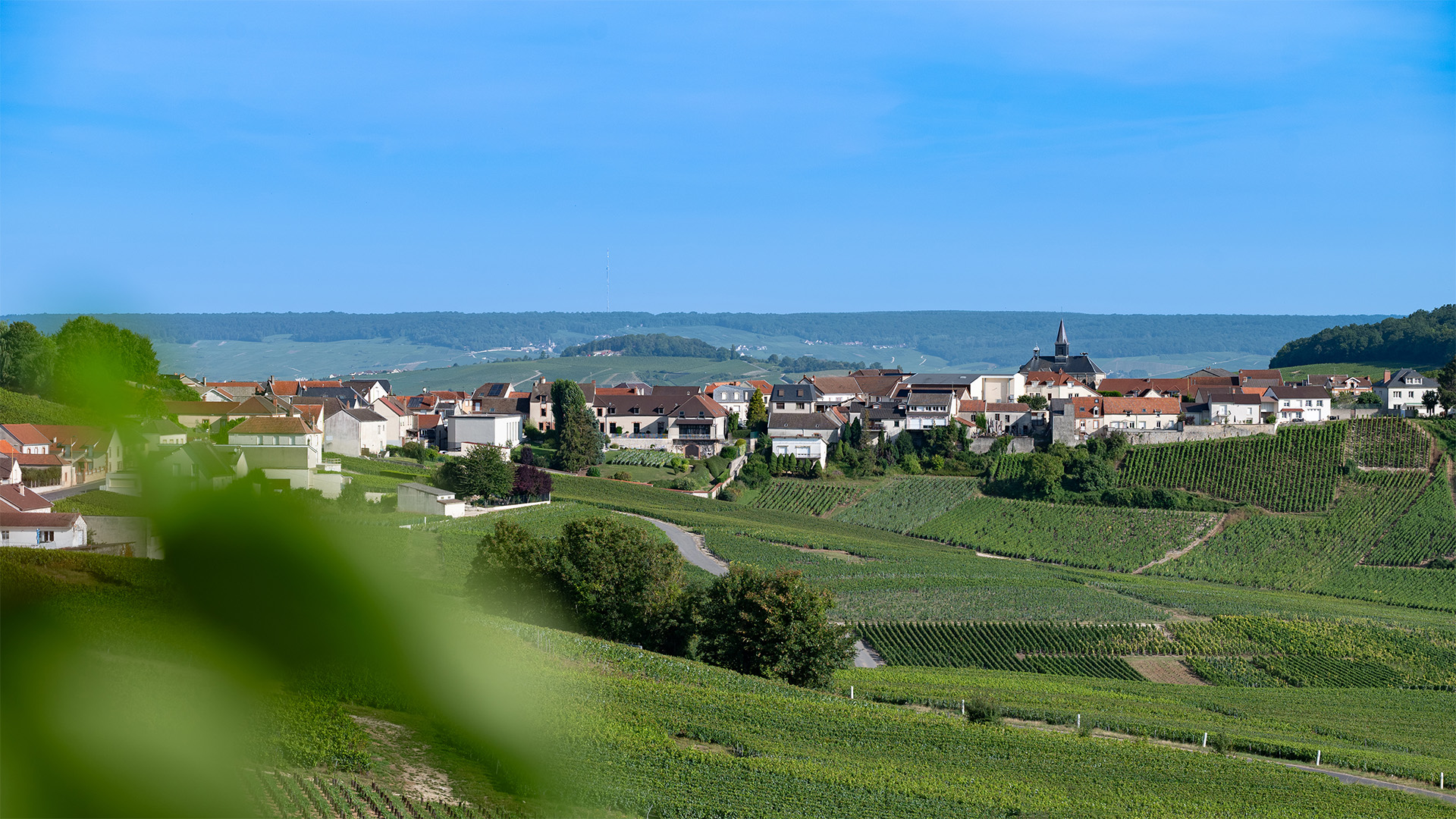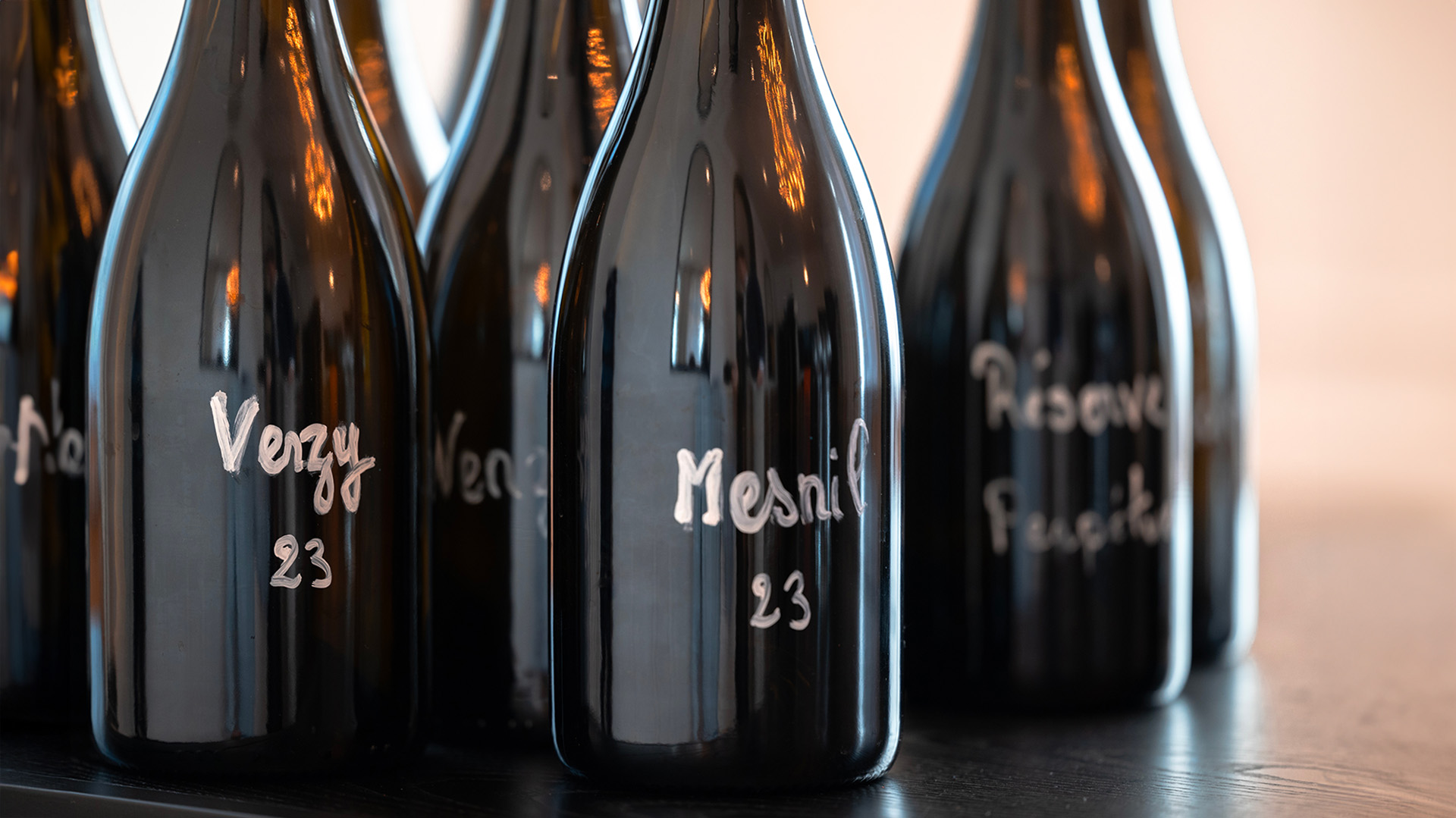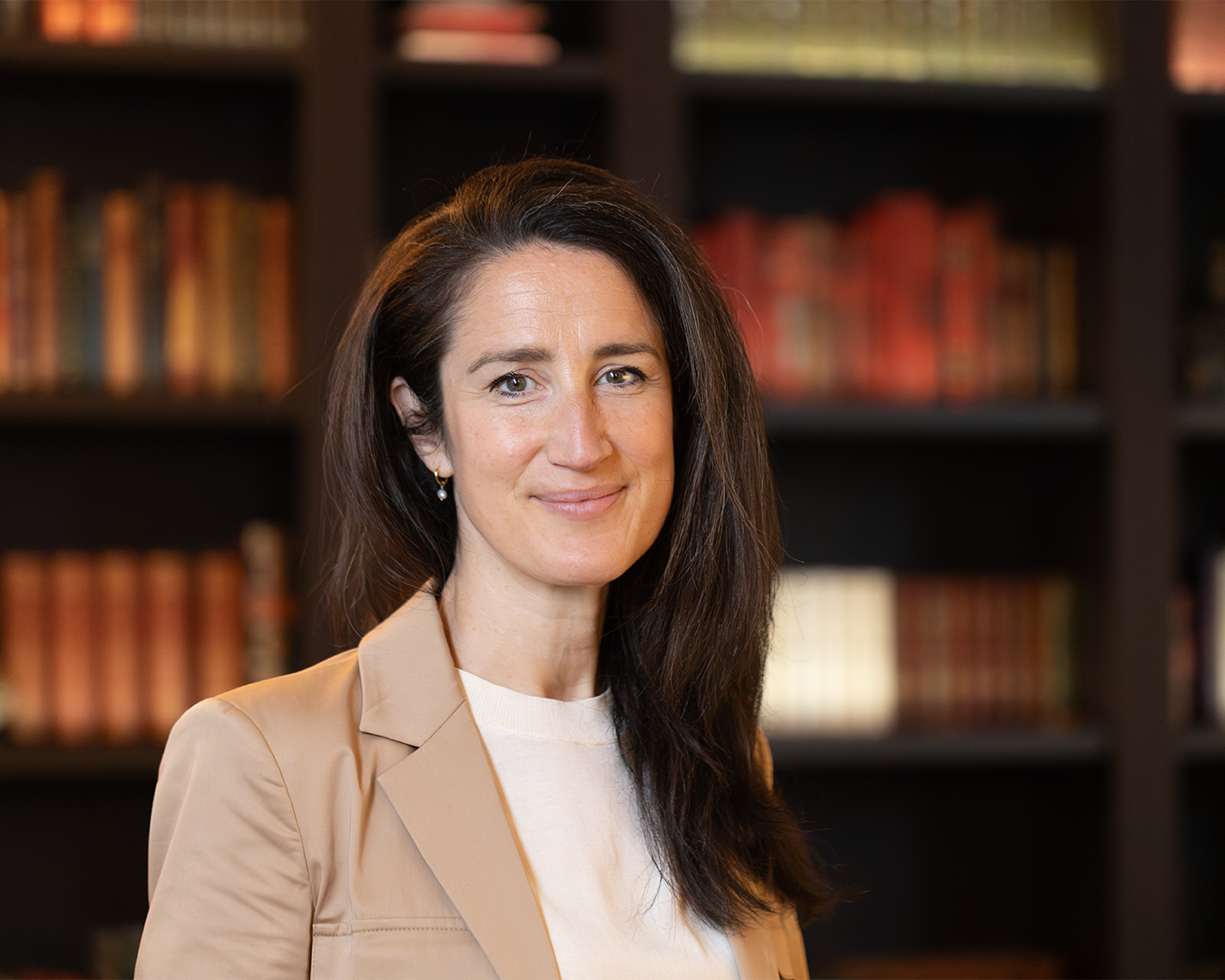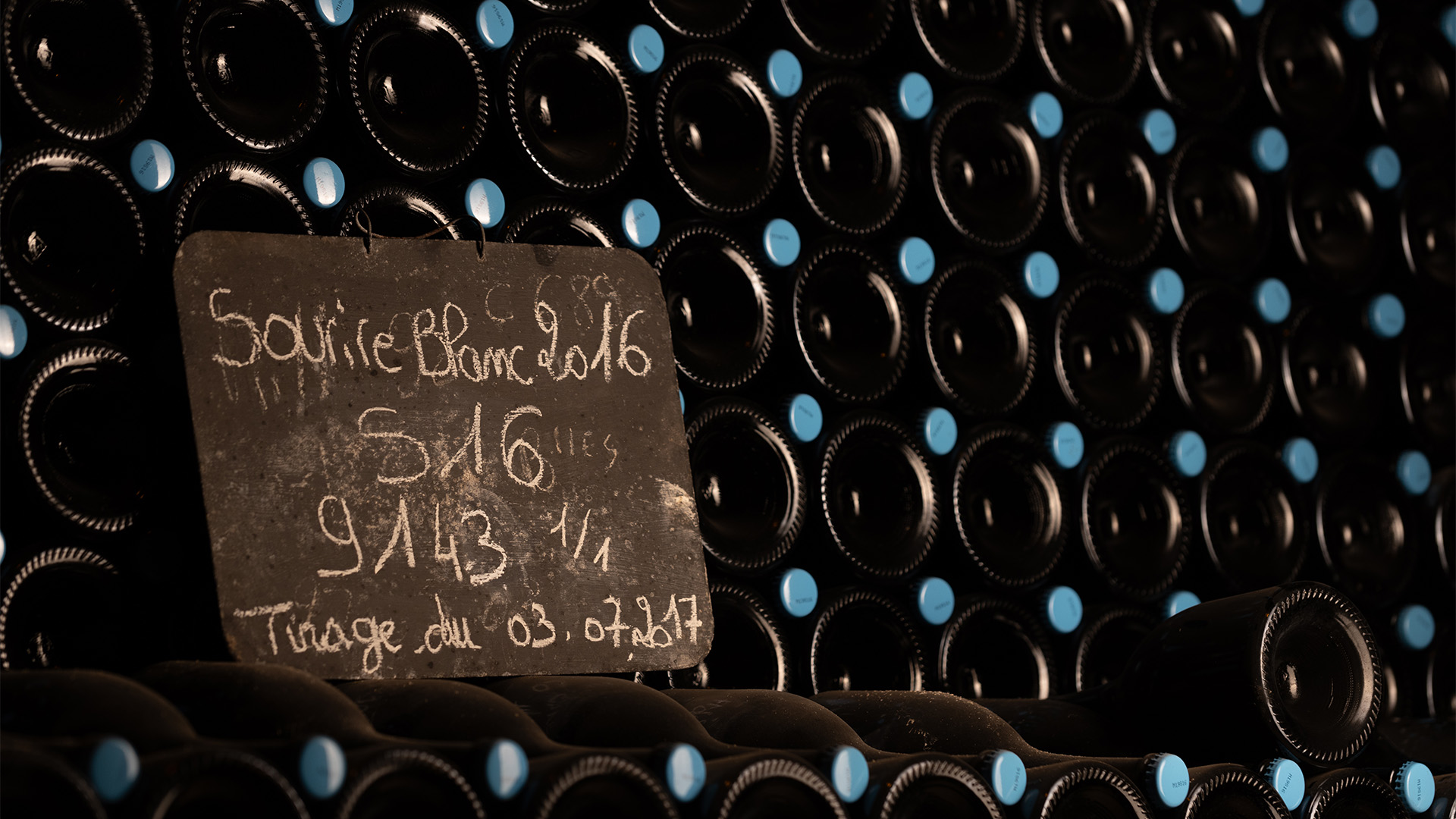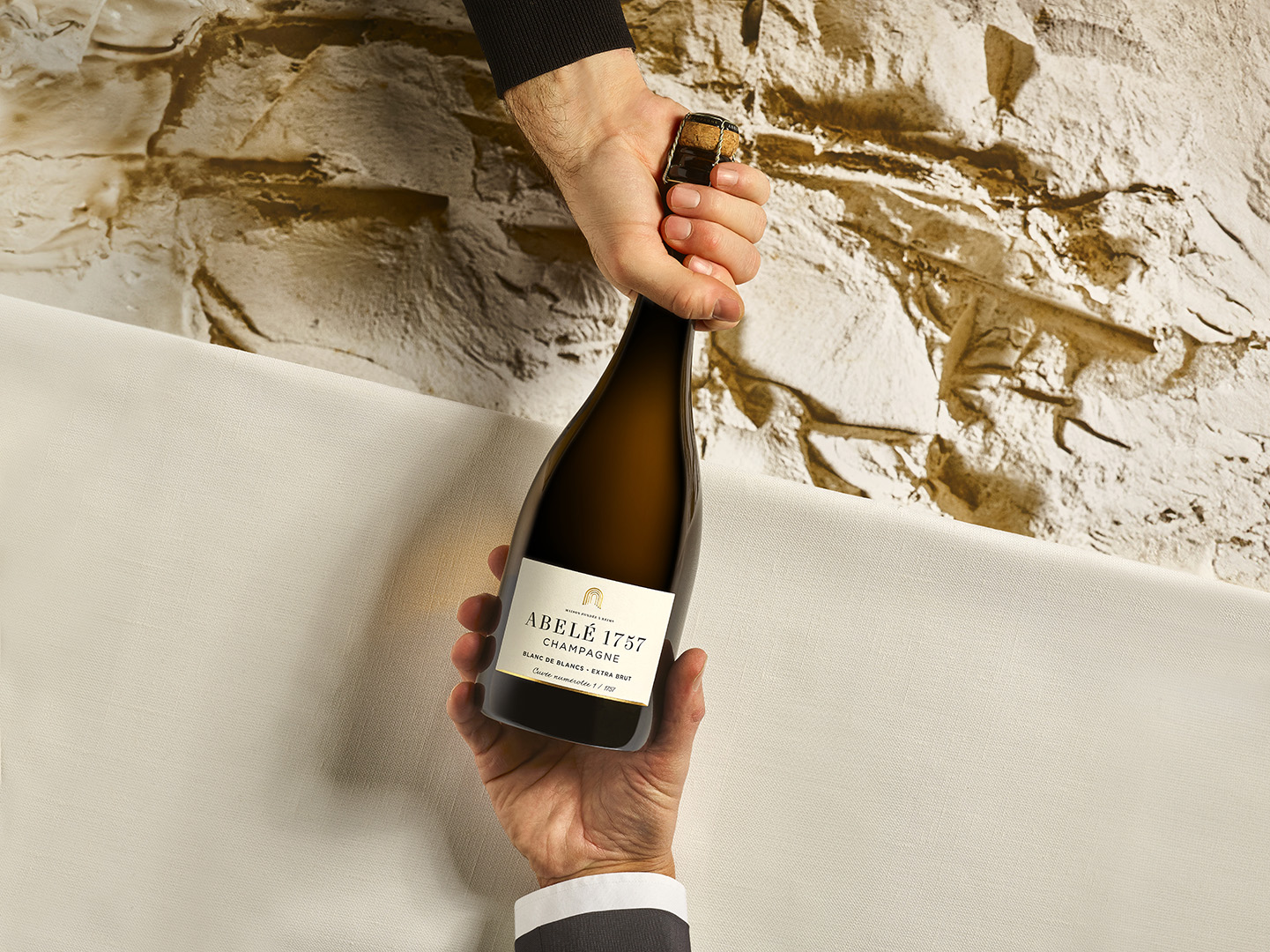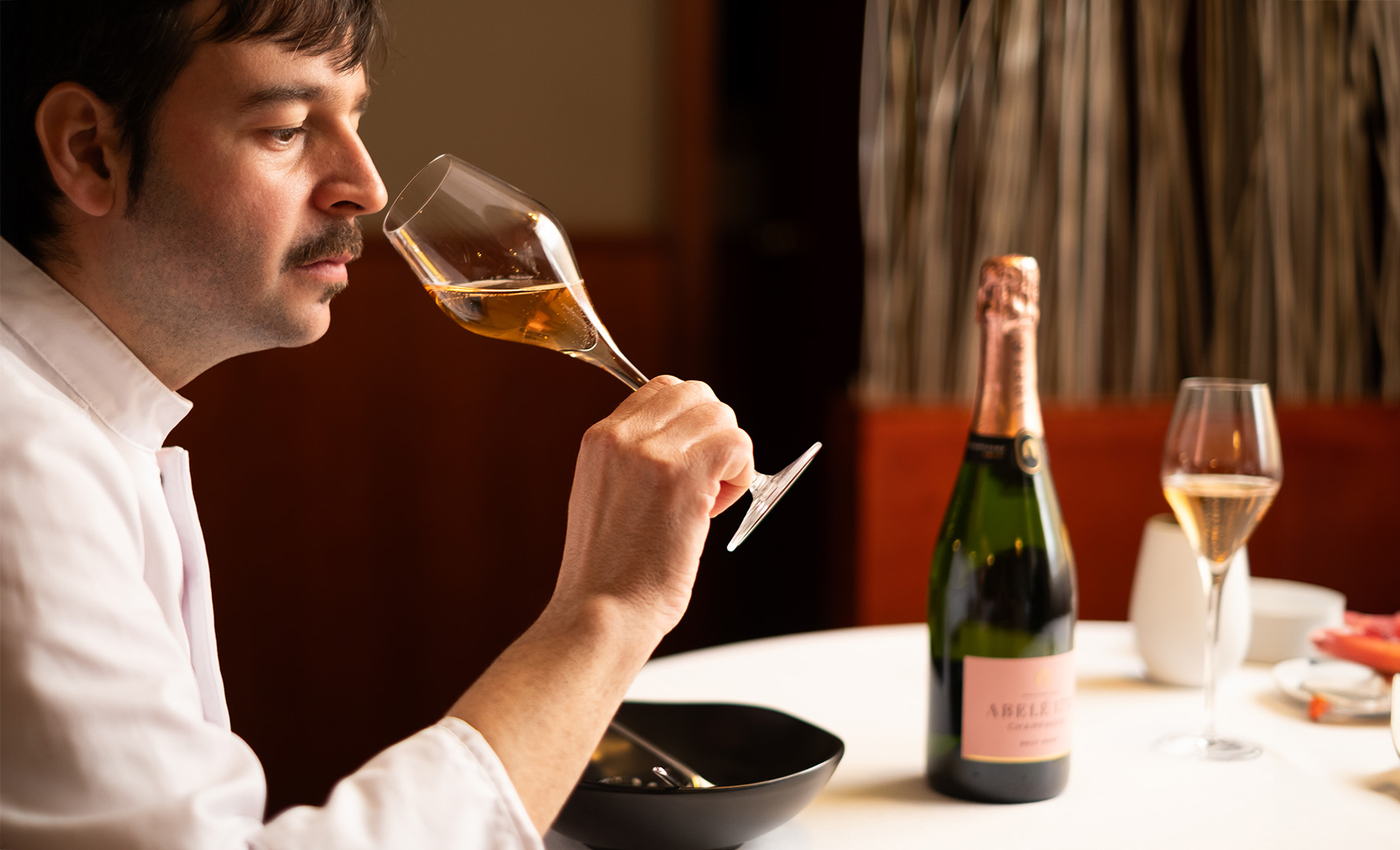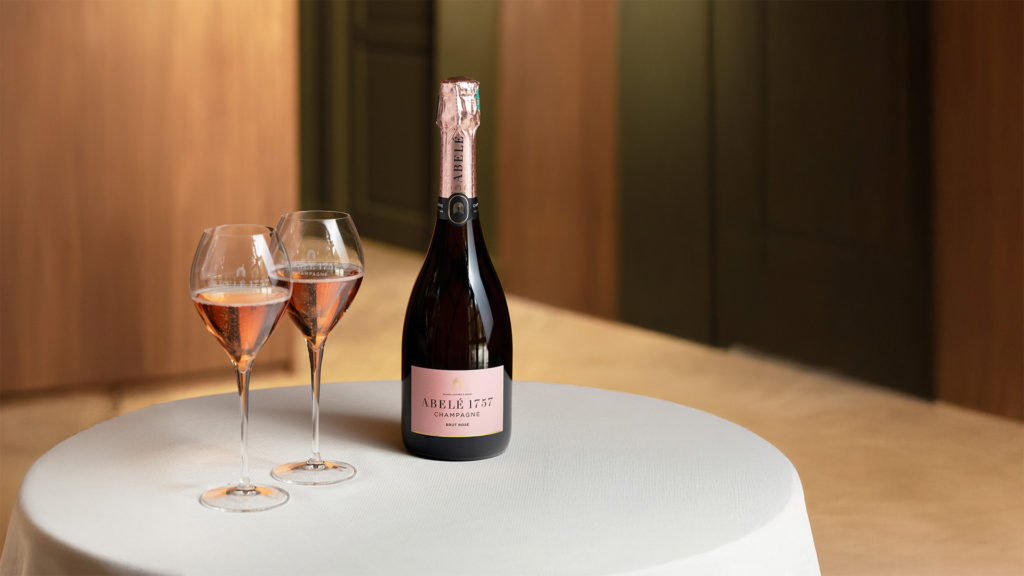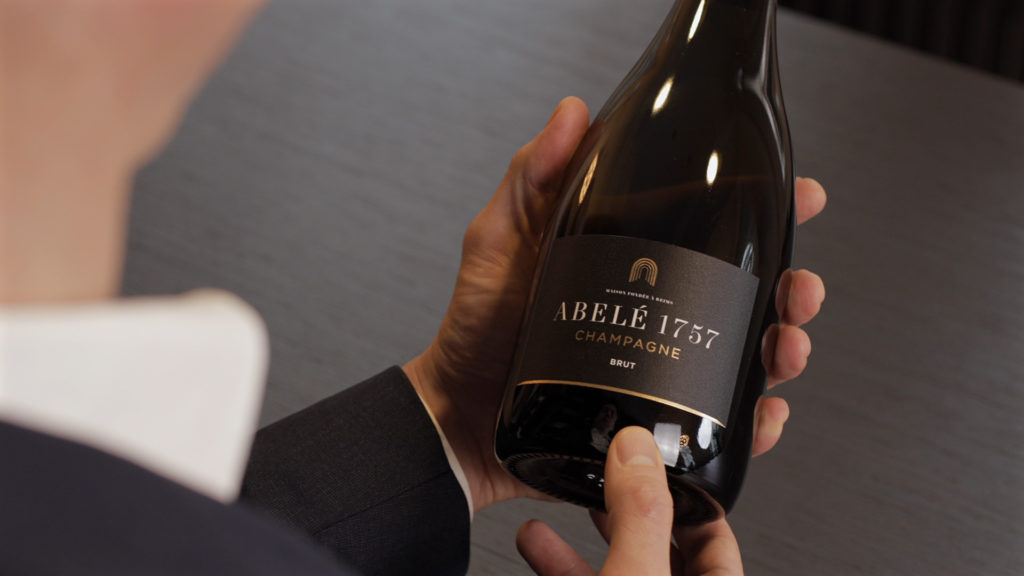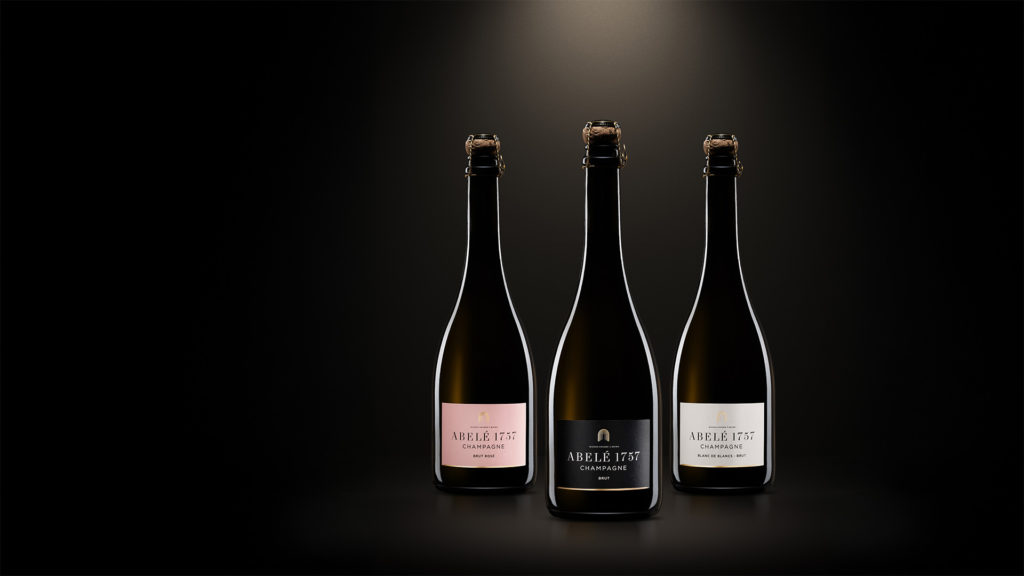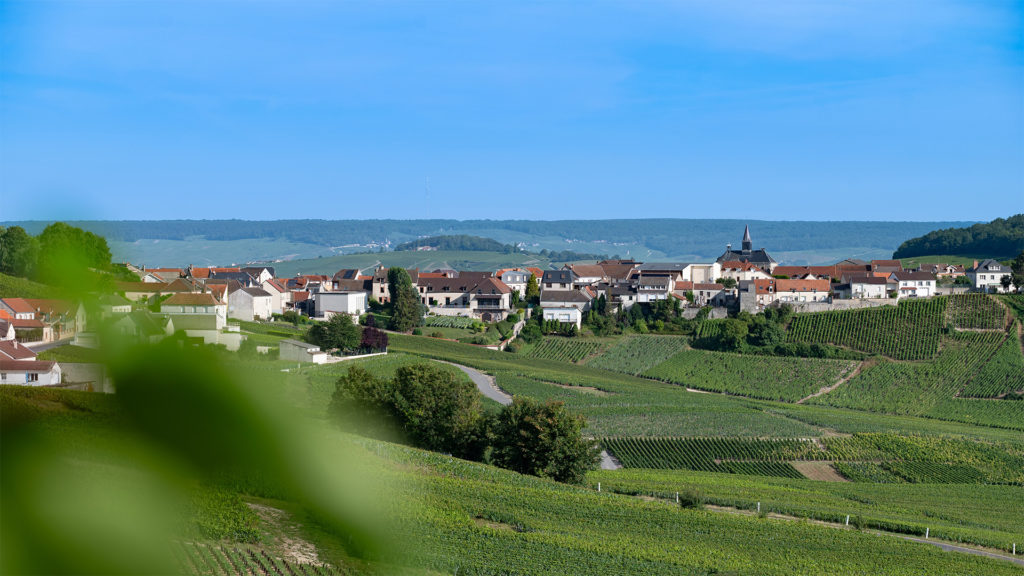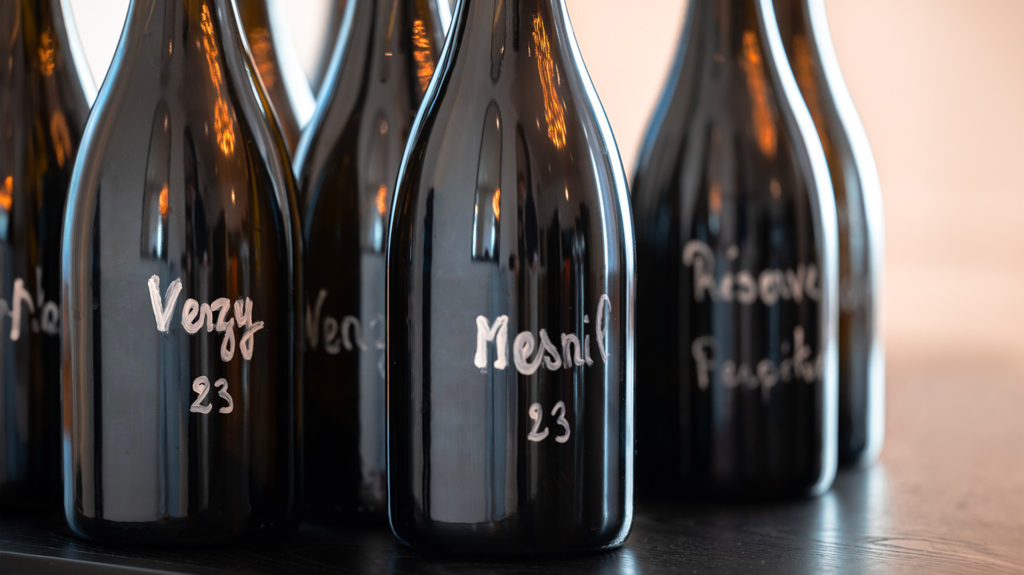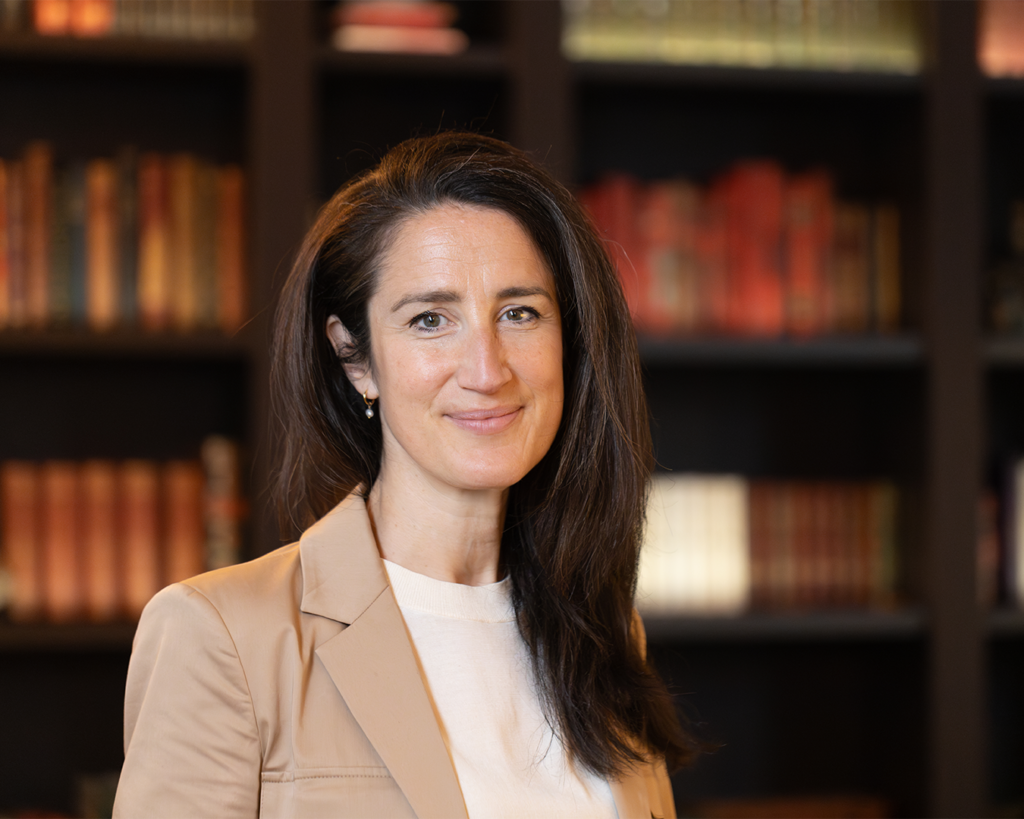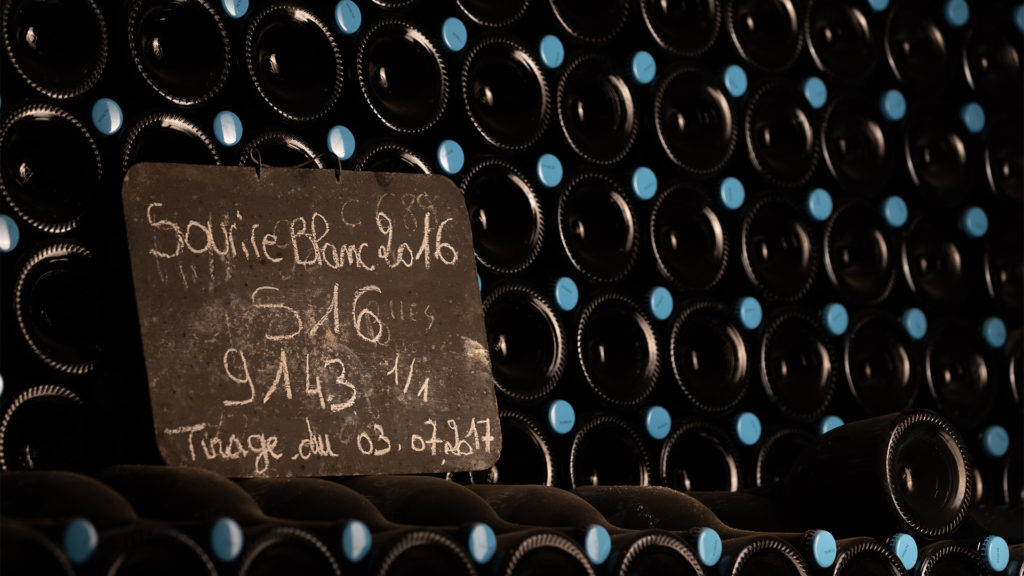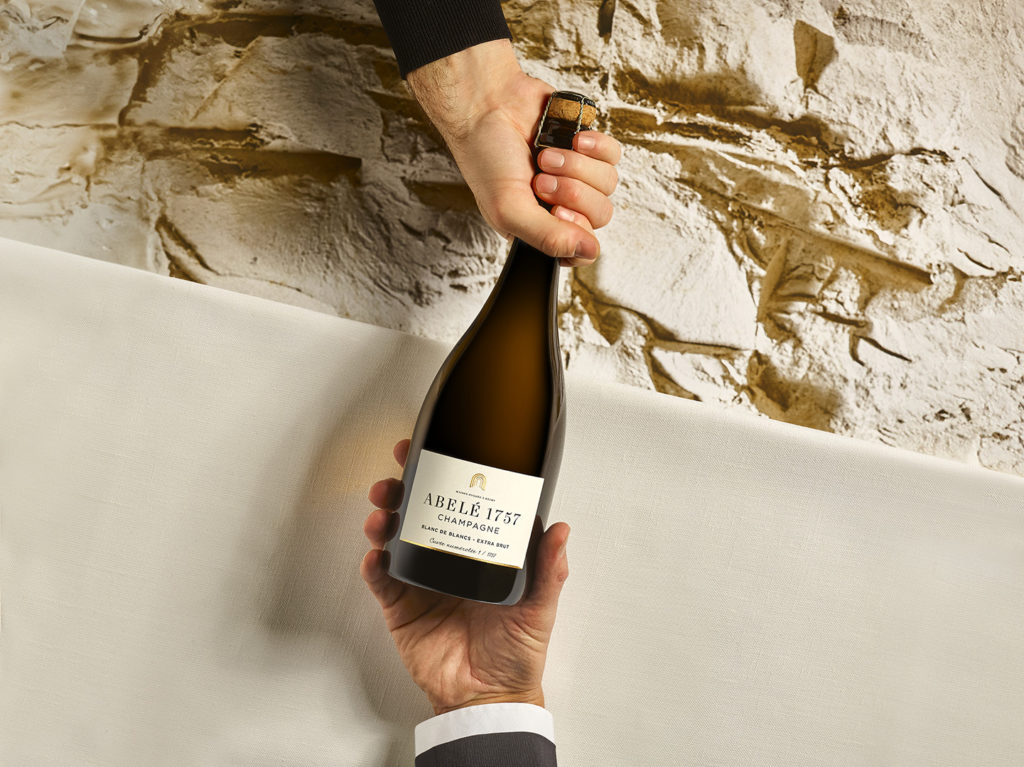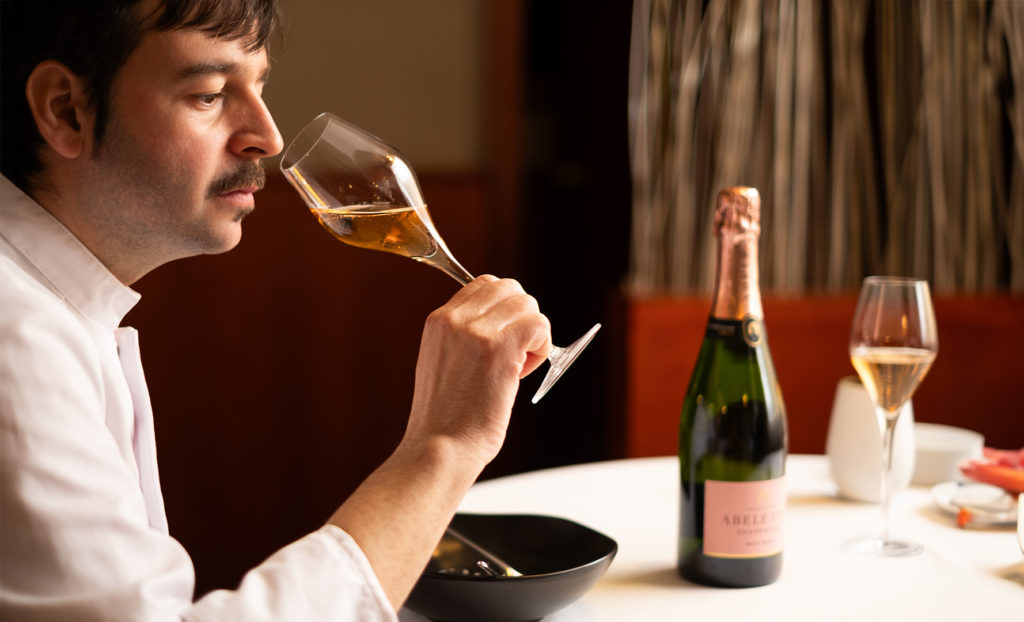A symbol of the French “Art de Vivre”, champagne calls for a precise ritual to be sublimated and thus enjoy a perfect tasting experience. Dive with us into the art of champagne service and elegance. Opening your bottle according to the rules of art, elegantly pouring the right amount of champagne, at what temperature… Discover all these gestures that make your sensory experience truly exceptional.
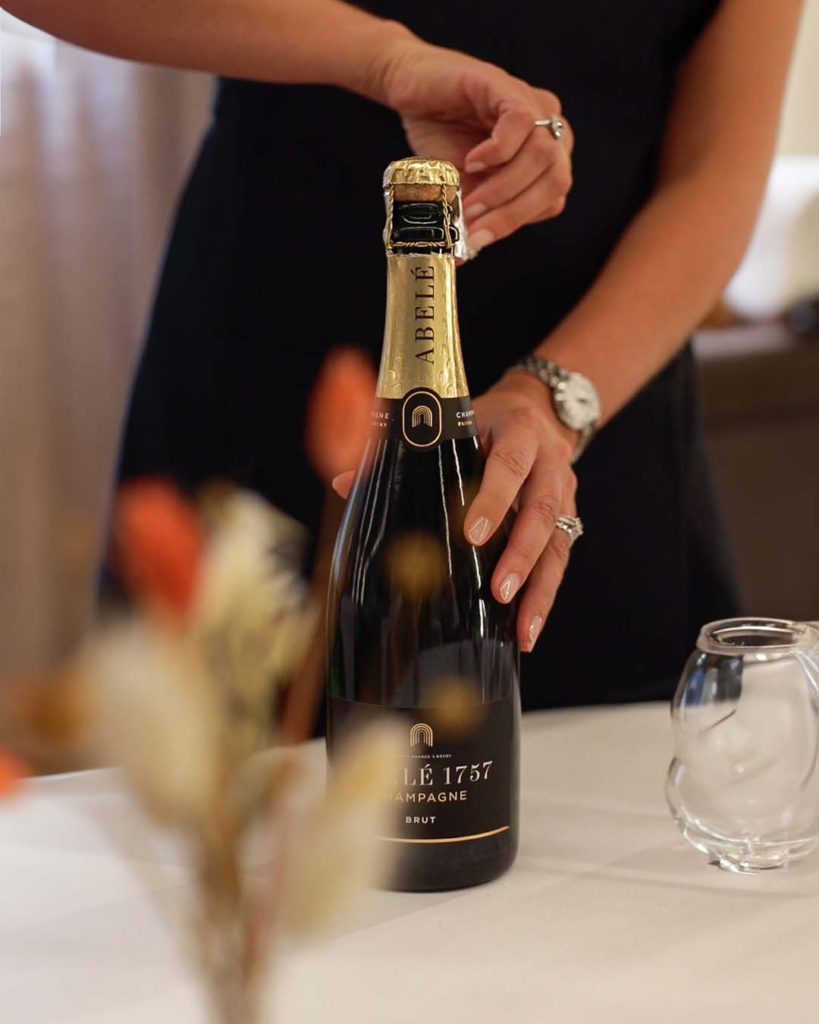
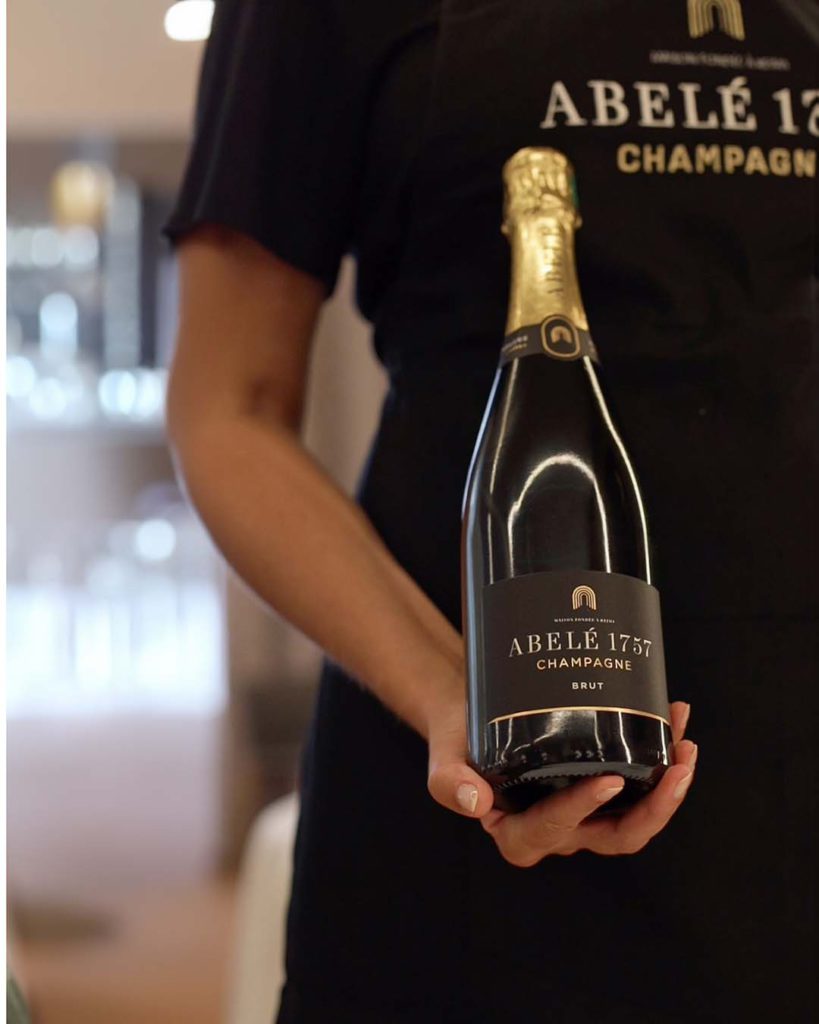
The Ideal Serving Temperature
Even before the first steps of service, you will need to bring your champagne to the right temperature. We recommend serving your champagne between 8°C and 10°C, depending on your preference. You can lean towards 10°C for vintage cuvées. To do this, place your bottle in a refrigerator for 4 hours or in a bucket filled with water and ice for about 20 minutes. Avoid serving your champagne too cold, as it would dull its aromas.
How to open your Champagne with elegance?
Open your champagne perfectly with our tips in mind. Keep in mind that champagne service is an art that requires great precision. It’s best to avoid the loud “pop” when opening it to maintain a fancy and elegant demeanor. Start by carefully removing the foil, then loosen the wire cage. We recommend keeping the cage in place while opening the bottle; this will make the task easier. First, hold the cork firmly and slowly turn your bottle in a full circle to open it gently. Then, gently lift the cork until you hear a discreet sigh.
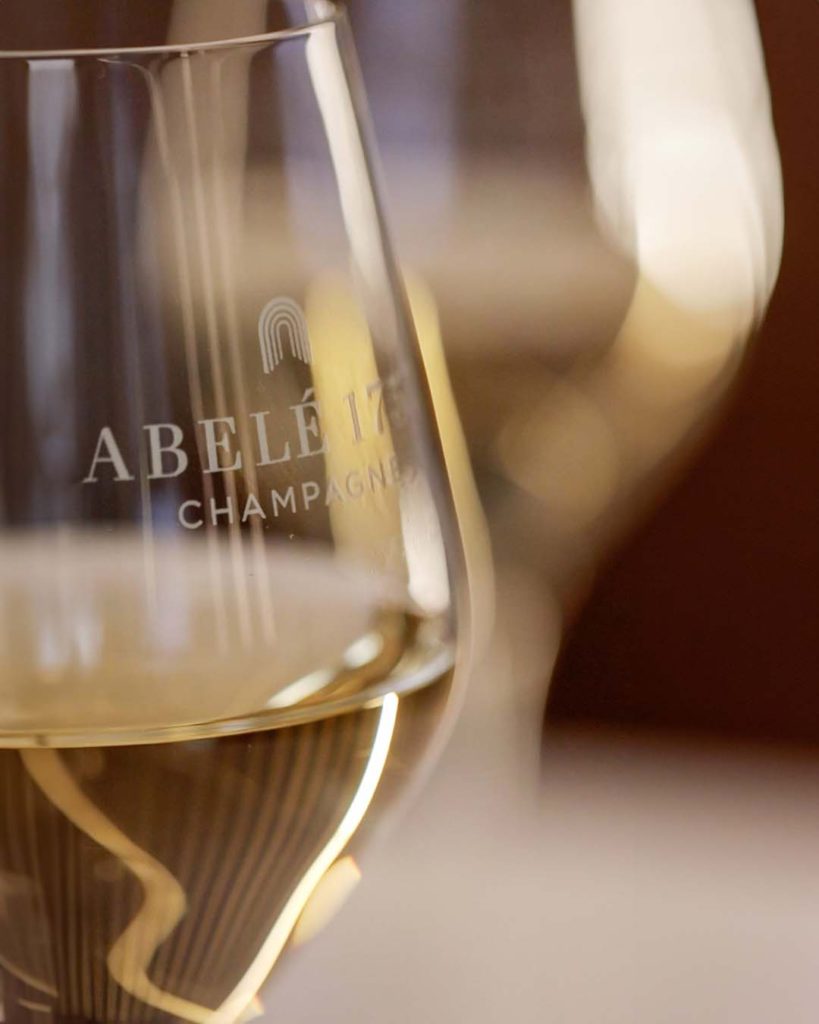
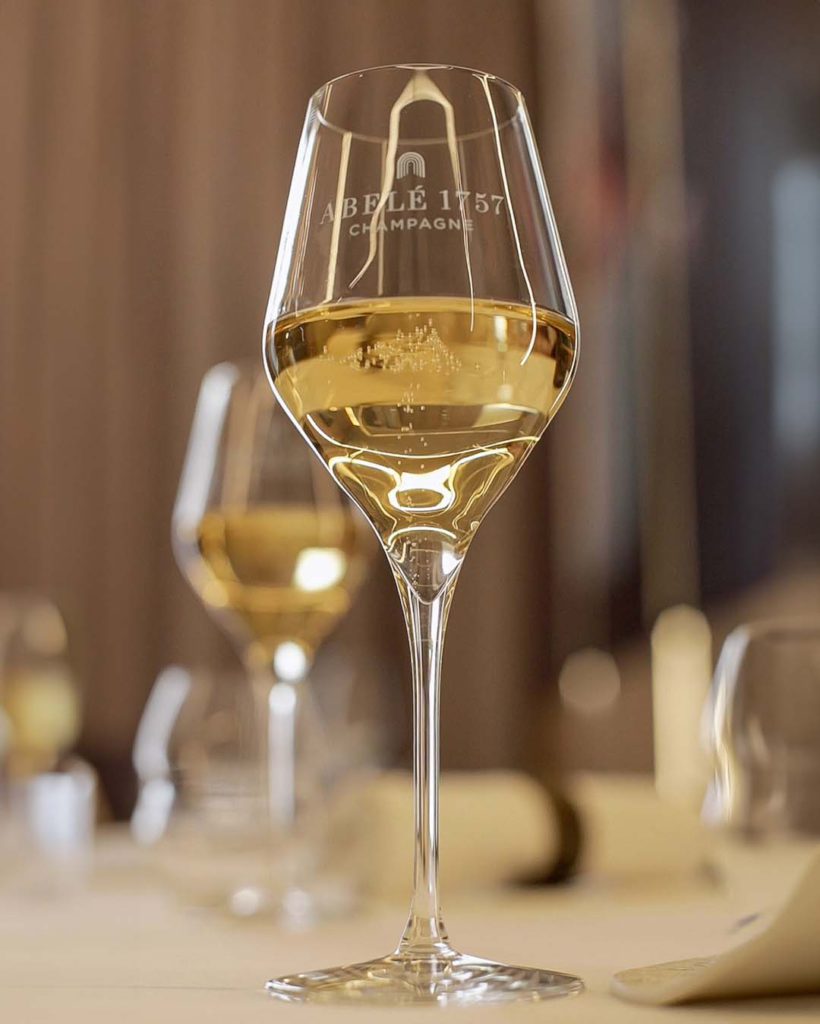
What glass should you use for Champagne service?
While flutes are often thought of as the go-to choice for serving champagne. However, they are not the most suitable glasses for an enhanced tasting experience because they slightly diminish the aromas.
The ideal glass is the tulip-shaped one. In fact, it provides the perfect space for both the development of champagne bubbles and aromas.
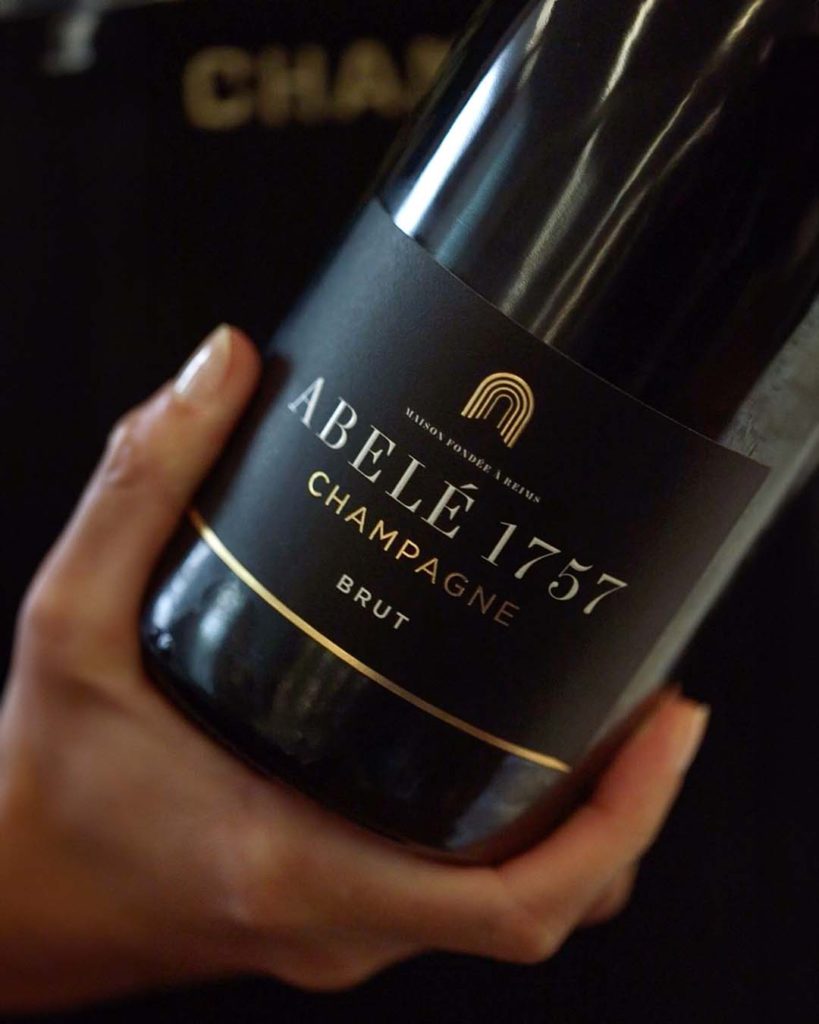
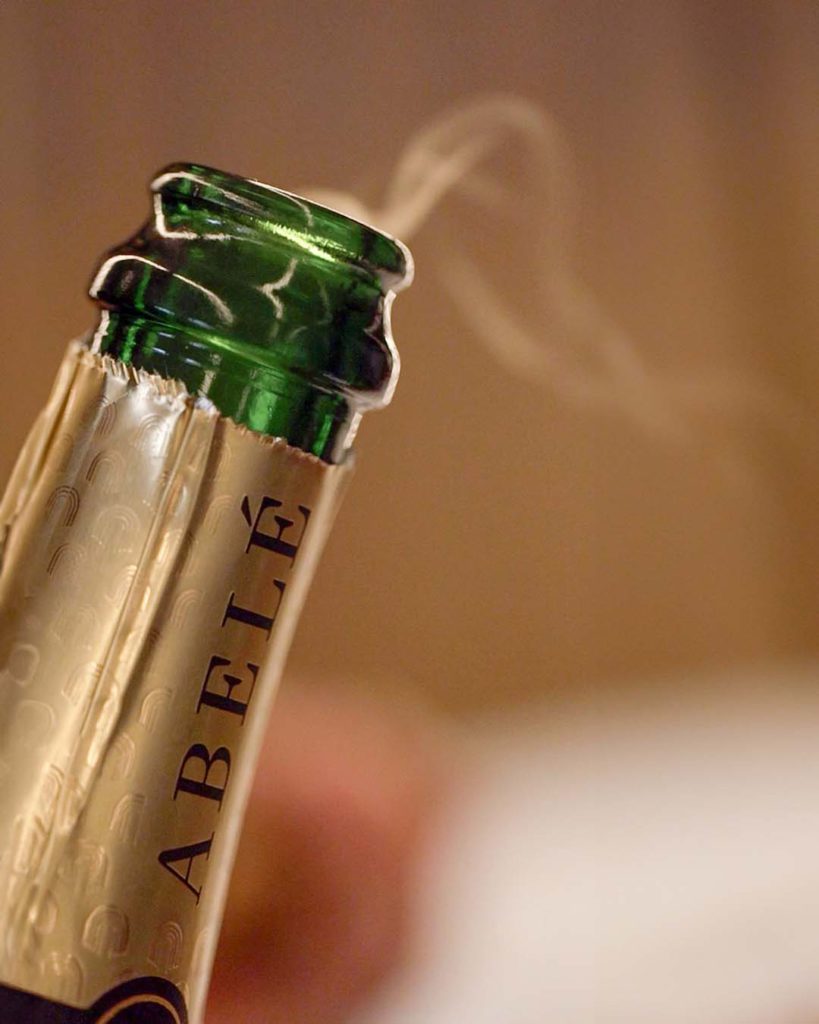
The final champagne service step : how to pour Champagne ?
To serve champagne properly, you should hold the bottle from underneath. Since this is why bottles are designed with this hollow area. Plus, you shall present the label to your guest. To ideally fill your glass, pour the champagne in two steps; this will prevent excessive foaming. It’s best to fill your glass to three-quarters full, at what is known as the “shoulder” of the glass. Because it allows room for the aromas to develop and the bubbles to fully flourish.
Take the time to engage all your senses for an exceptional tasting experience…
Champagne is savored with the palate, of course, but not only that. Begin by observing attentively. You shall appreciate the color of the champagne’s robe. Then, look at the finesse of the bead of bubbles at the bottom of the glass. Listen to the gentle symphony of bubbles in the glass, then take the time to savor your champagne. Close your eyes, let the scents and aromas rise… Does the champagne evoke notes of fruits or flowers? Perhaps pastries? Everyone experiences champagne slightly differently, and that’s what makes each tasting a unique moment, a suspended sensory poetry in time.
